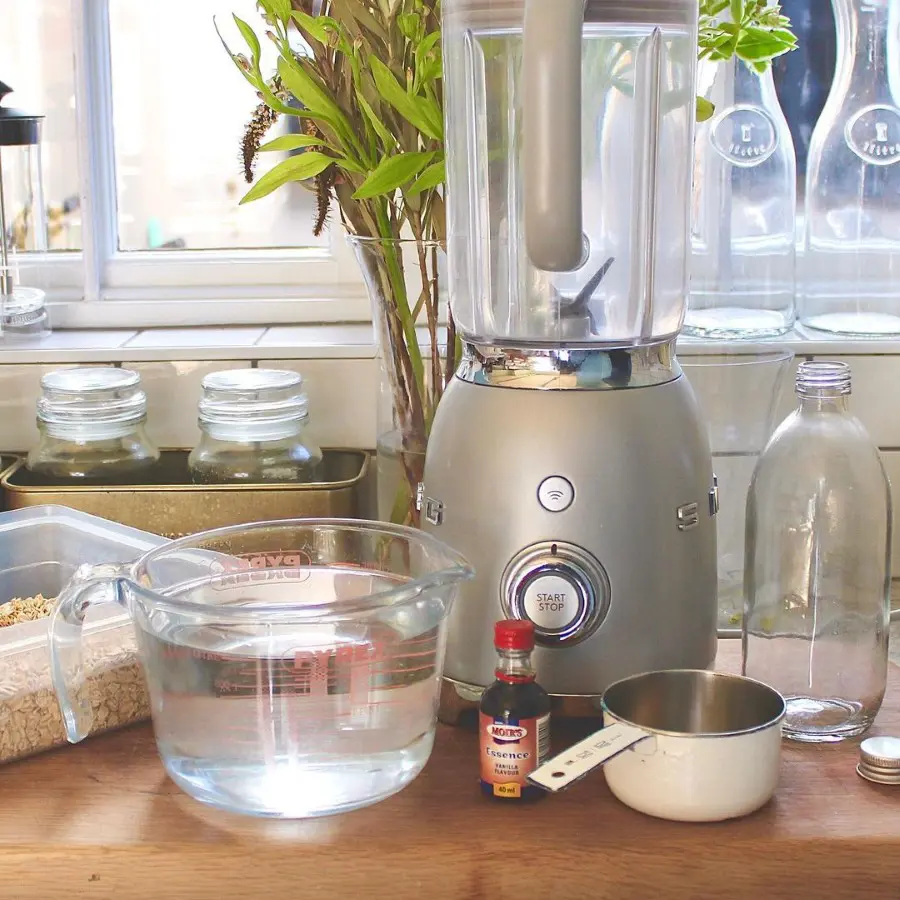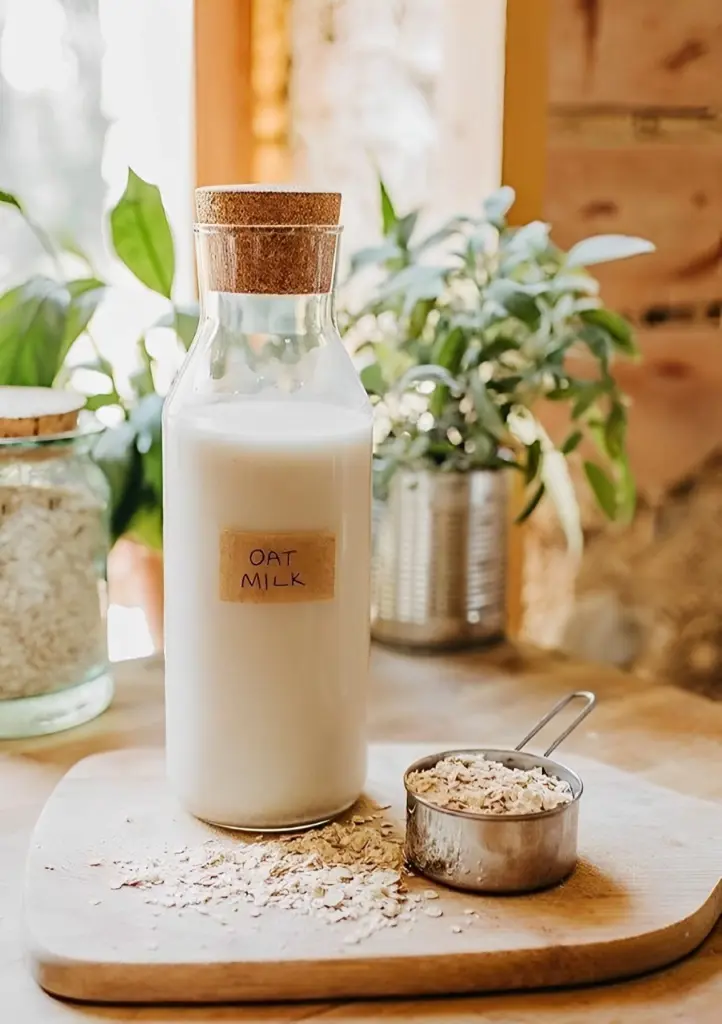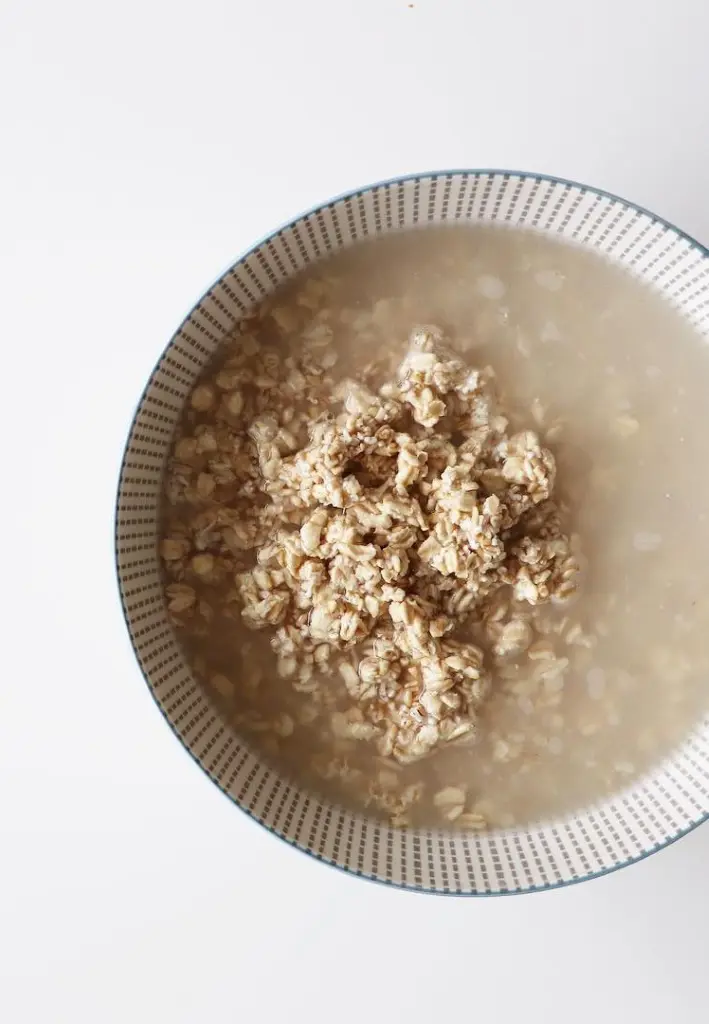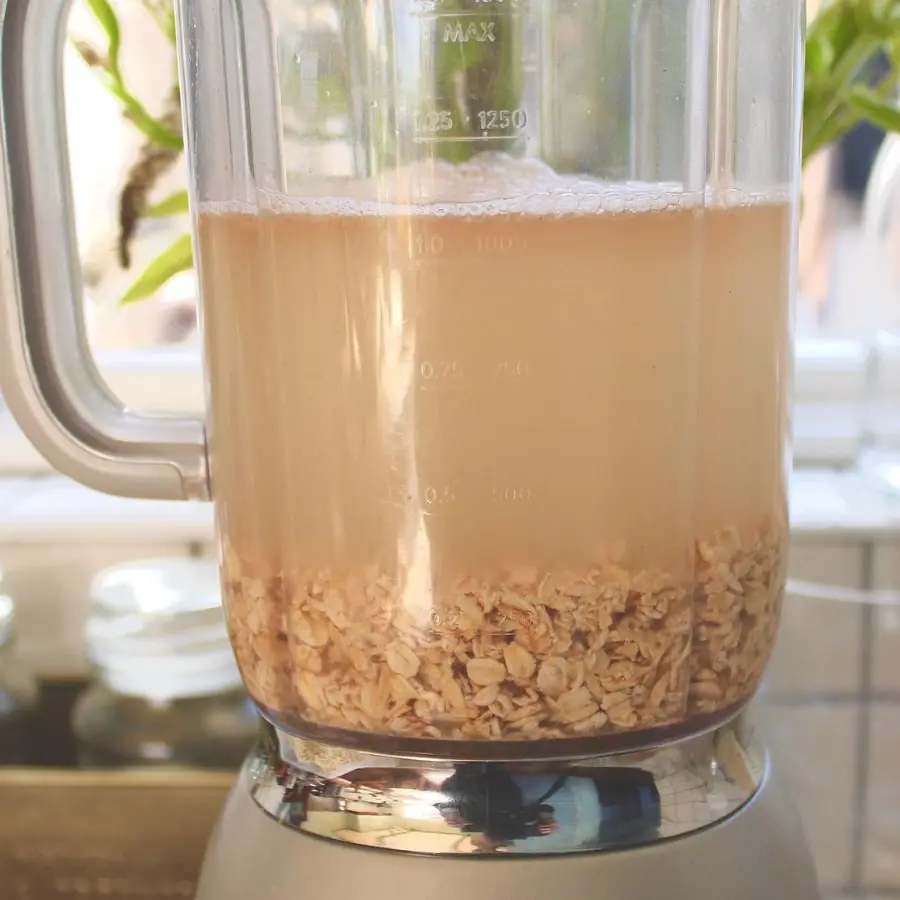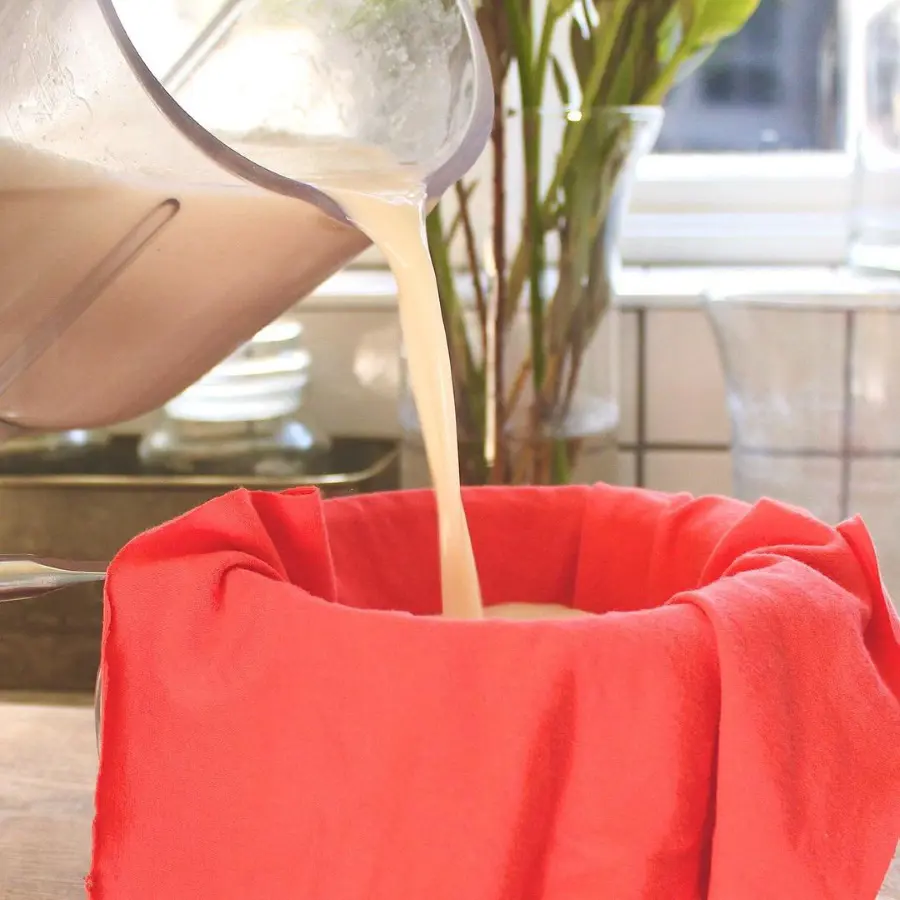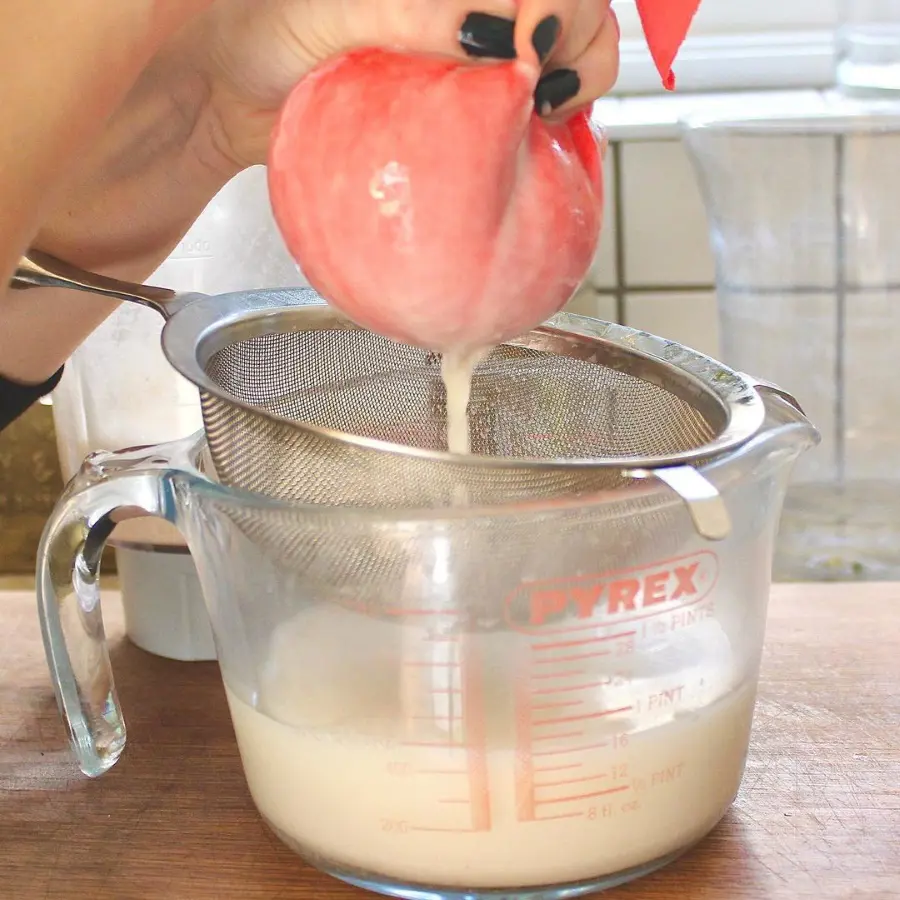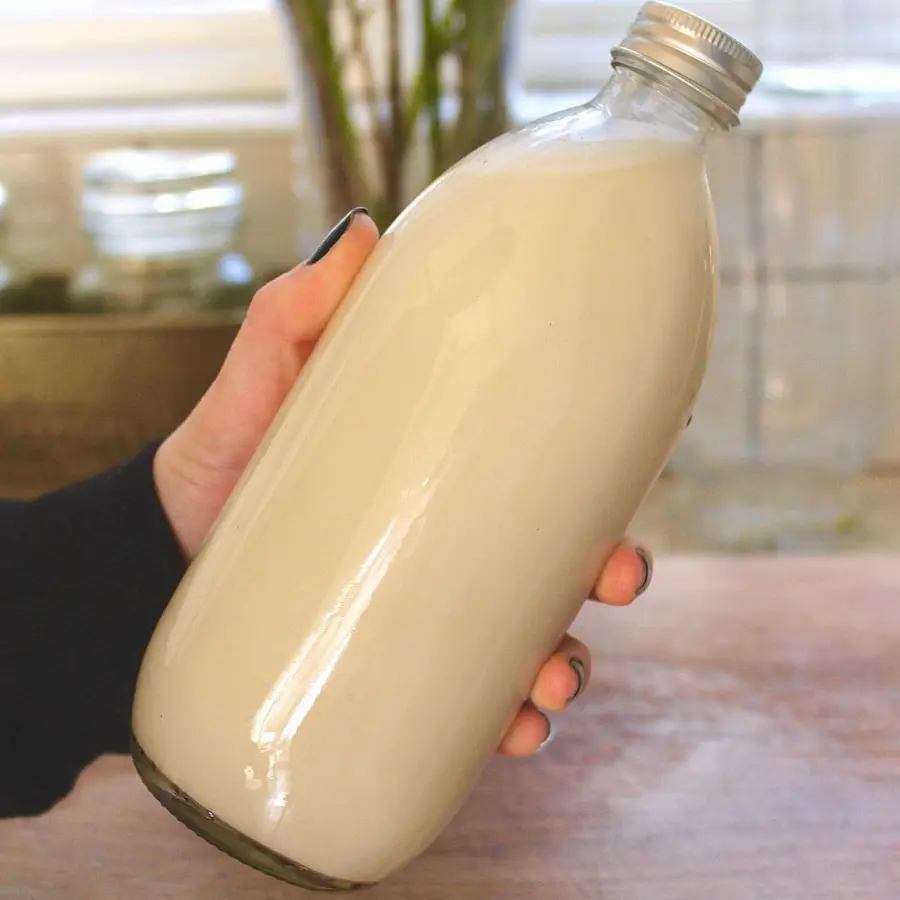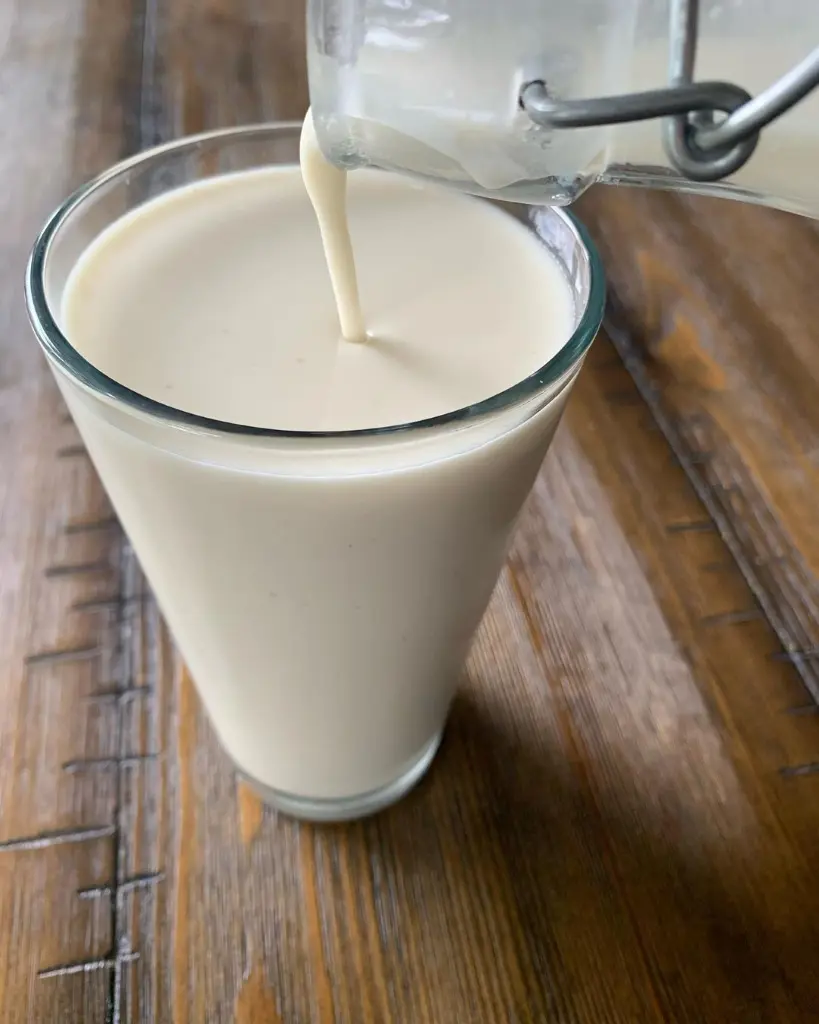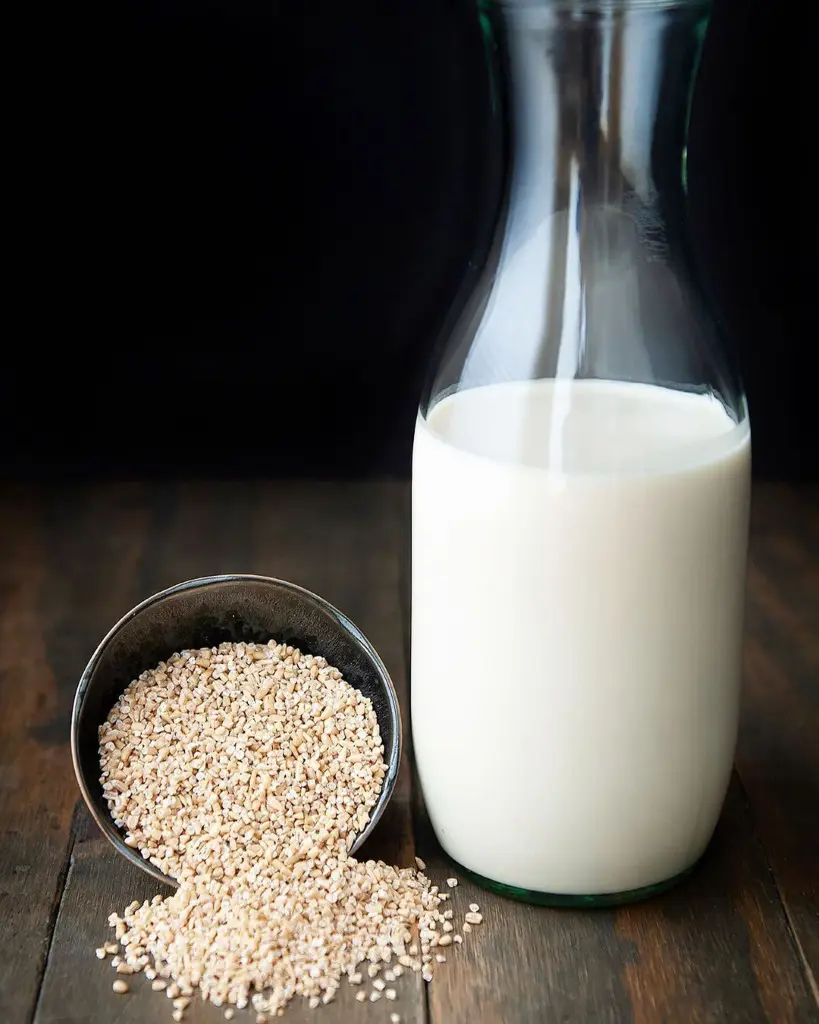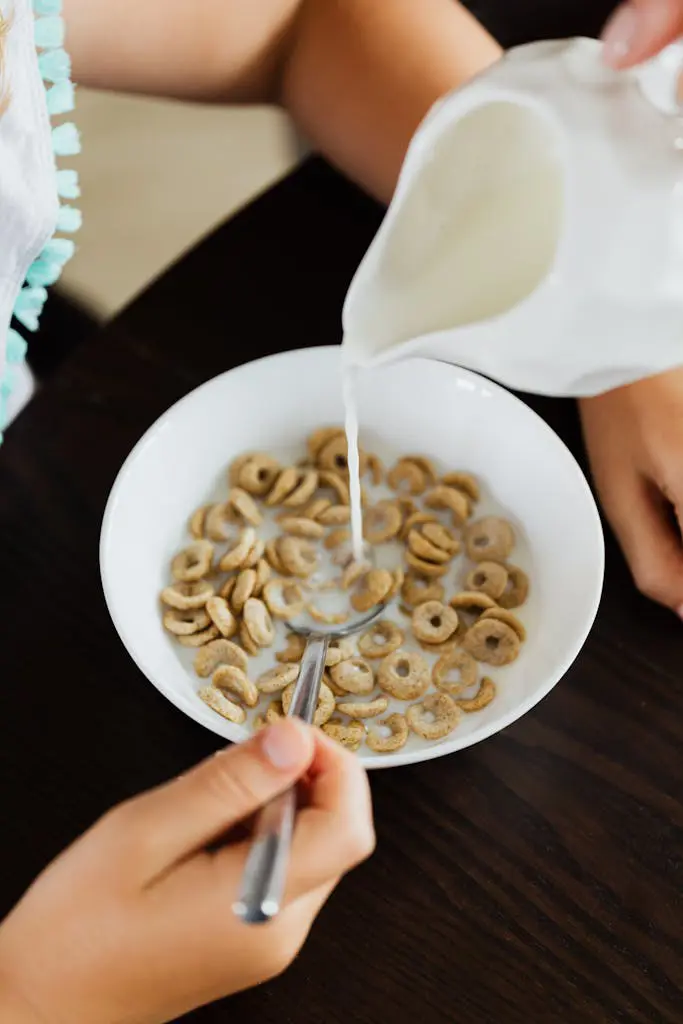Ingredients In Oat Milk
Making your own oat milk at home is really easy and only requires a handful of basic ingredients that you probably already have in your kitchen.
- Oats: The major thing you need is oats. Specifically, you'll want to use regular old-fashioned rolled oats, not the quick-cooking kind. The rolled oats have a heartier texture that blends up into a nice creamy milk. The quick oats are much more finely ground, so they tend to just turn into a thick, sludgy liquid when you blend them with water.
- Water: Along with the oats, you'll need some regular drinking water. It's important to use cold water when making the oat milk. Warm or hot water can actually make the natural starches in the oats become too hydrated, which results in the final milk being way too thick and gloppy.
- Salt: You will also need a pinch of table salt. You might think that adding salt to sweet milk is very weird, but it really balances all tastes. The salt enhances the oats' natural sweetness and creaminess.
- Vanilla: Most homemade oat milk recipes also call for a splash of vanilla extract. Adding vanilla not only gives depth but an even complex flavor profile to the milk that really does work wonders. It takes the oat milk from being just good to being truly great.
- Sweetener: Finally, you can add a small quantity of sweetener if you want to. Things like brown sugar, maple syrup, honey, or even regular white sugar work well. The sweetener is totally optional though - the oat milk tastes great on its own without any added sweetness.
